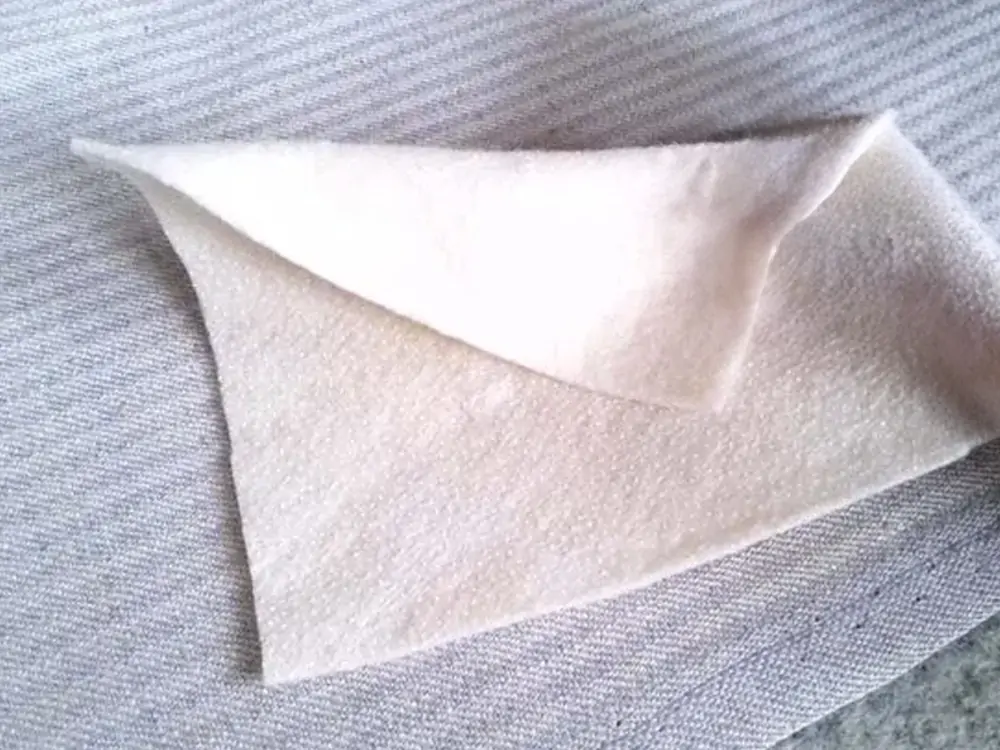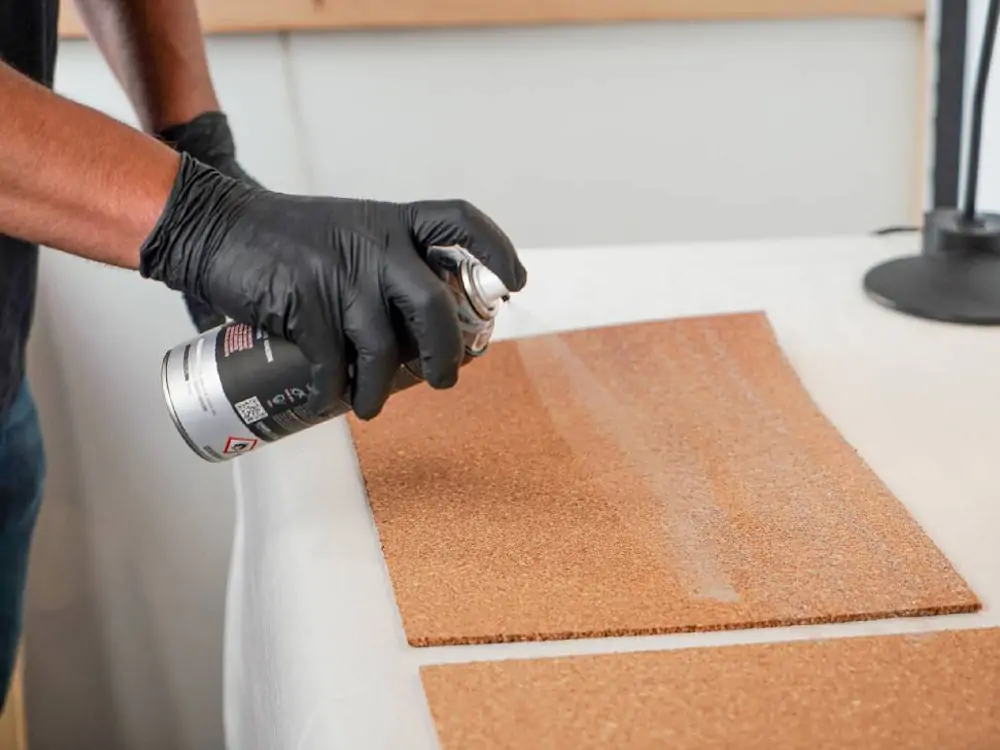Unlock the power of adhesion in your creative journey! Are you a crafting or a DIY enthusiast on the lookout for the perfect bonding solution? Look no further – our in-depth exploration of spray adhesive vs. fusible web is here to guide you.
Whether you’re a beginner or a seasoned pro, making the right choice is key. From fuss-free fabric fixes with fusible web to the versatility of spray adhesive, we’ve got you covered. Discover the distinct advantages and creative potential each option brings to your projects.
Join us as we dive into the specifics, helping you choose the ideal adhesive companion for your imaginative ventures. Let’s stick together for an adhesive adventure like no other!
Fusible Web vs. Spray Adhesive: An Overview
| Why Choose Fusible Web Over Spray Adhesive? | Why Choose Spray Adhesive Over Fusible Web? |
|---|---|
| Precision and Control: Fusible web takes the lead when intricate precision is essential. For projects of detailed fabric designs, where accurate placement matters, fusible web excels. | Efficiency in Large Areas: Spray adhesive excels when dealing with expansive surfaces. It ensures swift and even coverage that would be time-consuming with fusible web. |
| Clean and Residue-Free Application: Unlike spray adhesive, which can sometimes leave behind unwanted residue, fusible web maintains the pristine quality of your materials. | Material Versatility: Spray adhesive’s compatibility with various materials, from paper to lightweight wood, makes it a versatile choice for diverse crafting mediums compared to the more fabric-focused fusible web. |
| Enduring Bond: When it comes to the longevity of the bond, fusible web takes the spotlight. Fused fabrics not only withstand regular wear and tear but also hold up after washing. | Quick Application: For projects with tight timelines, spray adhesive’s rapid drying accelerates the process, unlike fusible web, which requires heat application. |
| Versatility Across Fabrics: Fusible web showcases its adaptability across a spectrum of fabrics. In contrast, spray adhesive might not be as accommodating or effective with all fabric types. | No Heat Requirement: Unlike fusible web, spray adhesive doesn’t involve heat, ensuring the safety of heat-sensitive materials. |
| No Hazardous Fumes: Fusible web, being heat-activated, does not release any harmful fumes during application. It ensures a safer and more comfortable crafting experience. | Minimal Residue: When applied accurately, spray adhesive leaves behind minimal residue. That’s offers a cleaner finish than fusible web, which might leave visible traces. |
Let’s go for in-depth analysis!

What is Fusible Web?
Fusible web is a crafting adhesive that brings fabrics together with the help of heat. Imagine it as a magical middle layer: a thin sheet of adhesive is settled between two paper sheets. When heat is applied, usually via an iron, this adhesive layer melts, turning sticky. The melted glue securely bonds fabrics, creating a fusion that lasts through washes and wear.
Explanation
Think of it like a fabric sandwich: the adhesive is the tasty filling, and the paper is the bread that holds it in place until you’re ready to use it. Once the adhesive is heated and attached, you can peel off the paper, revealing a seamless fabric connection. This method is particularly useful for tasks demanding precision, like appliqué or quilting, where exact placement and neatness matter.
Advantages of Fusible Web
- Precision
Fusible web shines when it comes to intricate designs like applique. It ensures exact placement, allowing you to bring your artistic visions to life flawlessly. - Clean Workspace
Unlike spray adhesives, fusible web doesn’t leave messy residue. This keeps your work area tidy, vital for maintaining the quality of your creations. - Durable Bond
Fused fabrics stand up to the test of time and washing, making fusible web a reliable choice for projects that need to endure regular use and cleaning. - Fabric Compatibility
Whether you’re working with cotton, denim, or synthetic materials, fusible web flexes its versatility, creating a strong bond across various fabric types. - Less Over-Saturation
Fusible web’s controlled application ensures no excess adhesive seeping through, preventing over-saturation that could mar your project. - No Harmful Fumes
Unlike spray adhesives, fusible web doesn’t emit harmful fumes during application, providing a safer and more comfortable crafting experience.

Disadvantages of Fusible Web
- Limited Repositioning
Once fused, fabric pieces are hard to reposition, making accuracy during initial placement crucial. - Visible Residue in Some Cases
Certain fabrics might show visible residue from fusible web even after fusing, affecting the overall appearance. - Less Suitable for Delicate Fabrics
Extremely delicate or sheer fabrics can be negatively affected by the heat required for fusible web application. - Requires Heat Source
The need for an iron or heat press for application can be a disadvantage, when crafting on the go or in spaces without access to these tools - Potential Fabric Stiffness
Depending on the fabric and the amount of fusible web used, there’s a chance that the bonded area might feel slightly stiff. - Learning Curve
Beginners might need practice to master the art of applying the right amount of heat and pressure for optimal results.

What is Spray Adhesive?
Spray adhesive is a specialized crafting adhesive that transforms projects with its unique application method. Packed in an aerosol can, this adhesive emerges as a mist upon release. When sprayed onto surfaces, it creates a temporary or permanent bond once it dries. It’s commonly used in various DIY projects, crafts, and even some industrial applications.
The fine mist application makes it suitable for covering larger areas quickly and evenly. Spray adhesive is known for its convenience, allowing users to achieve a secure bond without the need for precise application. It’s often used on materials like paper, fabric, foam, and lightweight wood.
Advantages of Spray Adhesive
- Effortless Coverage
Spray adhesive comes in an aerosol can, delivers a swift and even application. It is particularly advantageous for larger surfaces. - Temporary Adjustments
Excelling in temporary bonding, spray adhesive lets you reposition before the bond becomes permanent, offering adaptability. - Broad Material Range
Its versatility span from paper to foam and lightweight wood. That’s makes spray adhesive a versatile companion for various crafting mediums. - Subtle Residue
When applied, spray adhesive leaves behind minimal visible residue. And, it ensures a polished finish for your projects. - Rapid Drying
With speedy drying time, spray adhesive accelerates project timelines, especially valuable for time-sensitive endeavors. - No Heat Required
Unlike fusible web, spray adhesive bypasses the heat step, making it safe for heat-sensitive materials.
Disadvantages of Spray Adhesive:
- Messy Potential
Overspray or uneven application can lead to workspace chaos. That’s why it compromising your project’s overall quality. - Precision Limitation
Achieving pinpoint accuracy can be challenging due to the broader coverage. It makes spray adhesive less suitable for intricate designs. - Residue Concerns
While minimal, there’s still a chance of residue if not judiciously applied or used on delicate materials. - Weaker Bond
In comparison to specific adhesives, spray adhesive might yield a slightly weaker bond, impacting the long-term durability. - Ventilation Necessity
The fumes produced require proper ventilation during application to ensure comfort and safety. - Fabric Durability
The adhesive might not offer the same enduring bond for fabrics as fusible web, potentially causing separation over time.
Final Verdict
Ultimately, the decision hinges on your project’s specifics. Think about the materials, precision required, and whether you need a temporary or permanent bond. Armed with this insight, you can confidently pick the adhesive that meshes perfectly with your creative vision. The choice you make- is sure to add enchantment to your artistic journey.
